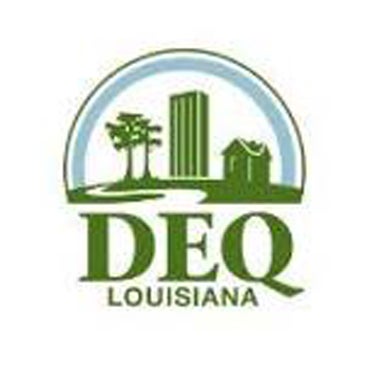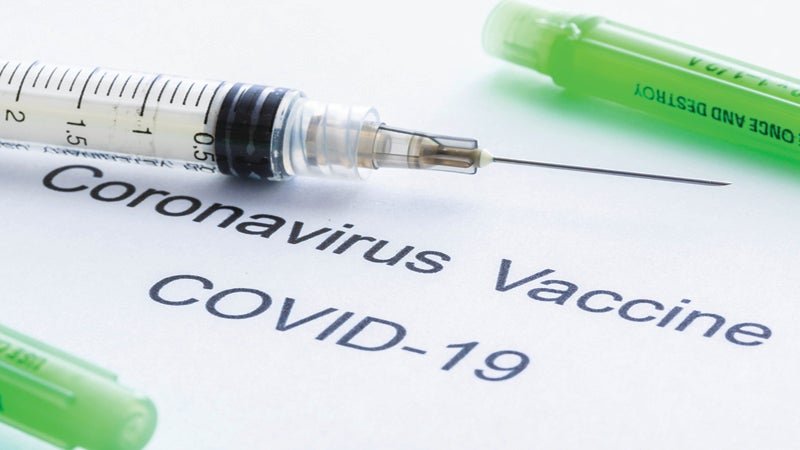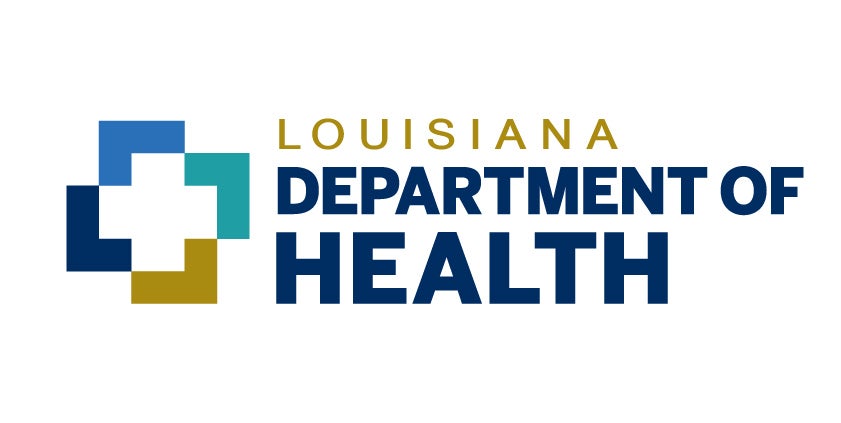LDEQ explains Air Quality Action Day advisories
Published 6:47 am Wednesday, July 8, 2020
|
Getting your Trinity Audio player ready...
|
BATON ROUGE — When the Louisiana Department of Environmental Quality issues an Air Quality Action Day Advisory; community members may wonder what that means and how it affects them.
These advisories are forecasts that indicate when conditions could be right for ozone or fine particulate (PM2.5) pollution. Ozone season officially begins May 1 and ends Sept. 30; however, the public should be concerned with air quality all months of the year.
Although May through September affords weather conditions more conducive for the formation of ozone, Louisiana can have an exceedance at any time. An Air Quality Action Day or advisory can also be issued for PM 2.5 (fine particulate matter). LDEQ recently issued a PM 2.5 advisory for much of southern Louisiana because of Saharan dust brought into the southern United States by the trade winds. While these advisories are less frequent, they are just as important. An Ozone Action Day means that weather conditions are favorable for the formation of higher than normal levels of ozone. LDEQ works with a forecaster, Sonoma Technology, to look at the weather conditions and other factors likely to cause ozone formation or other air quality issues. In Louisiana, we tend to see ozone advisories when high-pressure systems stall over the area.
Ozone advisories are more common on very sunny days with little or no wind for mixing. An Air Quality Advisory is issued when the Air Quality Index indicates the Orange Level, or unhealthy for sensitive groups. When sunlight combines with VOCs and NOx, it forms higher than normal levels of ozone near the ground that may cause health issues. Increased ozone levels may cause health effects for active children and adults, the elderly and people with respiratory diseases, such as asthma. It is recommended that this group avoid prolonged outdoor activities.
Ozone is a colorless gas that exists in the earth’s stratosphere and protects us from the sun’s ultraviolet rays. However, when ozone forms near the earth’s surface, it can affect health. LDEQ issues an Ozone Action Day advisory when the Air Quality Index (AQI) forecast is above 100, categorized as Unhealthy for Sensitive Groups, or Code Orange.
Before LDEQ issues an Ozone Action Day advisory, industry partners receive a request to take voluntary measures to reduce ozone precursor emissions into the atmosphere. Local industries are notified when the prediction is 90 or above, and they take specific steps to reduce the level of ozone precursors that are released into the air. Many facilities have Ozone Action Plans.
Individuals can also impact the air quality by taking voluntary steps to reduce their impact on the air quality:
- Drive Less – Carpool, take public transportation, walk more, bring your lunch to work and combine errands.
- Do not idle your car in carpool lines or use the drive-thru. Turn off your engine and go into the restaurant or business. You create less pollution by stopping and restarting your engine than you do idling.
- Refuel when temperatures are cooler – typically after 6 p.m.
- Mow grass and use other gas powered lawn equipment and off-road vehicles after 6 p.m.
- Postpone chores that use oil-based paint, varnishes and solvents (that are flammable) to another, preferably breezy day.
- If you barbecue, use an electric starter or a chimney starter instead of lighter fluid.
- Conserve energy in your home. Set your thermostats a little higher when you are not at home to conserve energy and reduce the load placed on power producers. Not only will it save you money on your utility bills, but it also reduces the amount of precursor emissions produced by the power company.
To obtain real-time air quality information, go to airquality.deq.louisiana.gov. To see the regional air quality information, go to www.airnow.gov.






